- Webinar No: WBNR 1198
- PDH Units: 2
No data found for Custom Course Number
No data found for Custom Course Units
Intended Audience:: All Engineers
Credits: 2 PDH Units
When: Wednesday 11/12, 2 - 4 pm ET
On March 26, 2024, the Francis Scott Key Bridge in Baltimore collapsed when the container ship Dali lost electric power and propulsion and impacted one of the main piers of the bridge. The collapse resulted in six deaths and an estimated six billion dollars in property and economic loss. This catastrophe was 100% preventable if the electrical engineers in charge of the electrical system of the ship, mechanical engineers in charge of the propulsion and rudder control, or the bridge engineers in charge of the structural safety of the bridge piers had fulfilled their responsibility to "Hold paramount the safety, health, and welfare of the public" as the 1st Canon of the Code of Ethics for Engineers states. All three groups failed to do so.
After the 1980 ship collision collapse of the Florida Sunshine Skyway Bridge, where 35 people perished, the FHWA/AASHTO developed specific bridge engineering Guide Specification (i.e. standard) on how to establish the probability of a catastrophic bridge collapse in case of a ship collision incident. If that probability exceeded one in 10,000, the Guide Specification had specific procedures on how to strengthen the piers to withstand the ship impact or to design and construct protection systems such as dolphins at a short distance from the pier to prevent the ship impacting the pier. FHWA released the Guide Specification in 1991, and any bridge exposed to ship collision built after 1996 had to satisfy the requirements of this FHWA/AASHTO Guide Specifications. There were no requirements for the potentially vulnerable existing bridges to be evaluated for this severe safety problem and retrofitted if needed. If bridge engineers at Maryland Transportation Authority, especially the Chief Bridge Engineers, had been concerned with this safety issue and had conducted a ship collision vulnerability study, they would have found out that the probability of catastrophic collapse of the Francis Scott Key Bridge was 32 times the limit set by the FHWA/AASHTO Guide Specification as the post-collapse investigation of the NTSB established.
The first part of the webinar will discuss ship’s and bridge’s vulnerabilities, and the cause of the collapse. The second part of the webinar focuses on the engineering ethics violations in the design, inspection, and maintenance of both the ship and the bridge.
Finally, Dr. Astaneh will discuss the lessons that we can learn from this case on how not only we "hold safety paramount” in our engineering practice, but also to be able to convince the policymakers and those in charge of budget allocation that they too need to place the highest priority on the safety, especially when, as the case was here, there is solid engineering evidence that most likely there is a public safety catastrophe in the horizon and had to be mitigated as soon as possible.
References and Recommended Further Readings:
- Guide Specification and Commentary for Vessel Collision Design of Highway Bridges Volume I: Final Report, (1991), Report No. FHWA-RD-91-006, U.S. Department of Transportation, Federal Highway Administration, McLean, VA. https://publications.iowa.gov/49122/1/guide_apecs_commentary_vessel_collision_design_bridges_1991_OCR_.pdf
- AASHTO Guide Specifications and Commentary for Vessel Collision Design of Highway Bridges 2nd Edition 2010 Interim Revisions, (2010). American Association of State Highway and Transportation Officials, Washington DC.
- AASHTO LRFD Bridge Design Specifications, 9thEd. With 2015 Interim Revisions. American Association of State Highway and Transportation Officials, Washington DC.
- NSPE Code of Ethics for Engineers. National Society of Professional Engineers (NSPE). https://www.nspe.org/sites/default/files/resources/pdfs/Ethics/CodeofEthics/NSPECodeofEthicsforEngineers.pdf
- NSPE Ethics Reference Guide https://www.nspe.org/sites/default/files/resources/pdfs/Ethics/EthicsReferenceGuide.pdf
- ASCE- 2020 Code of Ethics-The American Society of Civil Engineers, https://www.asce.org/-/media/asce-images-and-files/career-and-growth/ethics/documents/asce-code-ethics.pdf
- ASME- CODE OF ETHICS OF ENGINEERS, (1976), https://www.asme.org/wwwasmeorg/media/resourcefiles/aboutasme/get%20involved/advocacy/policy-publications/p-15-7-ethics.pdf
- IIEE Code of Ethics, (2020) https://www.ieee.org/content/dam/ieee-org/ieee/web/org/about/corporate/ieee-code-of-ethics.pdf
- Concepts and Cases-Engineering Ethics, a textbook by Charles E. Harris et al., published by Cengage, 2019.
- Ethics, Technology, and Engineering, a textbook by Ibo van de Poel and Lambèr Royakkers, Wily-Blackwell, 2011.
- The Ethical Executive, a 2010 book by Robert Hoyk and Paul Hersey, Stanford Business Books.
- Contact of Containership Dali with the Francis Scott Key Bridge and Subsequent Bridge Collapse, Preliminary Report, National Transportation Safety Board, Washington, DC. https://data.ntsb.gov/Docket/Document/docBLOB?ID=17620690&FileExtension=pdf&FileName=DCA24MM031_PreliminaryReport%203-Rel.pdf
- NTSB Docket DCA24MM031. Contains 40 Investigative Documents on the Contact of Containership Dali with the Francis Scott Key Bridge. NTSB Number DCA24MM031, National Transportation Safety Board, Washington, DC. https://www.ieee.org/content/dam/ieee-org/ieee/web/org/about/corporate/ieee-code-of-ethics.pdf
- NOVA Baltimore Bridge Collapse, 53-minute Video, Aired 2/26/2025. Available publicly at: https://www.pbs.org/video/baltimore-bridge-collapse-r7gz2v/.
Date: Wednesday November 12, 2025 . 2 - 4 pm EST
Credits: 2 PDH Units
Learning Objectives
At the successful conclusion of this course, you’ll be able to identify and discuss:- The Francis Scott Key Bridge's structural system with a focus on the impacted pier and its ship-collision protection system.
- The electrical and mechanical systems in the containership Dali involved in causing the collision.
- A summary of a few catastrophic ship collisions with the bridge piers.
- Important items from the 1991 FHWA/AASHTO Guide Specification for Vessel Collision Design of Highway Bridges that if had been followed, this tragic collapse could have been easily prevented.
- What was the mechanism of failure that led to the loss of electric power and propulsion in the containership Dali, and how could the failure have been prevented?
- How and why did the impact of the containership Dali result in such a sudden and complete collapse of the Key Bridge?
- How could the catastrophic collapse have been prevented at the design, inspection, and maintenance level of the ship or the bridge?
- How could the redundancy and parallel lines in electrical, mechanical, and structural systems have prevented this catastrophe?
- What were the main violations of the Code of Ethics for Engineers in this case?
- Why several violations of the "Code of Ethics for Engineers" resulted in the tragic loss of lives of six people and a significant economic loss.
- What lessons can we, as engineers, learn from this catastrophe to prevent such tragedies in the future?
Biography
Abolhassan Astaneh-Asl, Ph.D., P.E. Dr. Abolhassan Astaneh is a professor emeritus of civil and environmental engineering at the University of California, Berkeley, and a 2013 Minner Faculty Fellow in Engineering Ethics and Social/Professional Responsibility in the College of Engineering. He won the 1998 T.R. Higgins Lectureship Award of the American Institute of Steel Construction, the most prestigious award in his field. He is a licensed civil engineering Professional Engineer (P.E.) in California. Dr. Astaneh is currently a structural engineering and bridge engineering consultant and an expert witness in court cases. He continues his research and publication of technical information and gives lectures and webinars/seminars in structural engineering, earthquake engineering, and engineering ethics. He has published over 300 journal papers, conference proceedings, technical reports, and book chapters. He has had hundreds of press interviews on technical aspects of subjects in his areas of interest. He has taught, researched, designed, and consulted on steel, steel-concrete, concrete, and timber buildings and bridges, failure analysis of buildings, bridges, and other structures, blast protection of structures, and protection of buildings, bridges, and other structures against terrorist attacks. He has been involved in designing, constructing, researching, teaching, and studying buildings and bridges for 56 years, including buildings up to 73 stories and long-span bridges such as the Golden Gate Bridge and the Bay Bridge. Dr. Astaneh has performed failure analysis of several collapsed structures, including the World Trade Center Towers, the I-35W Bridge in Minnesota, the I-5 Bridge in Washington State, and the Florida FIU Pedestrian Bridge. He has taught seminar courses and several N-Cite Engineering Hub webinars on engineering ethics.Course Reviews
4.1
- 5 stars5
- 4 stars8
- 3 stars3
- 2 stars0
- 1 stars0
Once completed, your order and certificate of completion will be available in your profile when you’re logged in to the site.

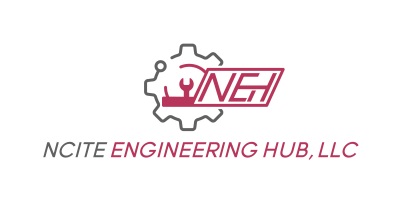
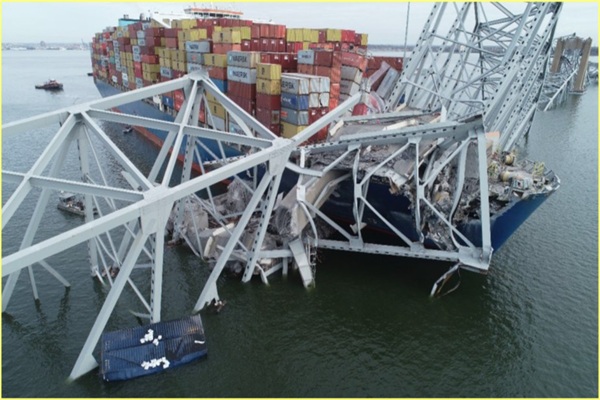
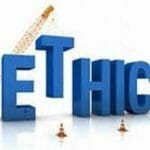
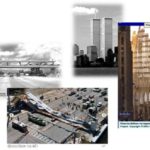
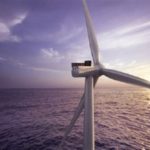

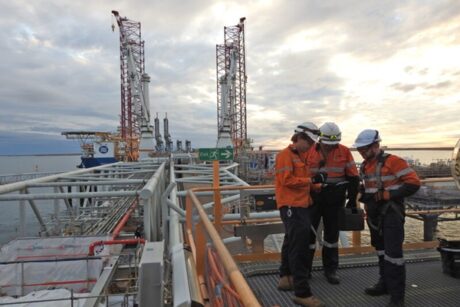
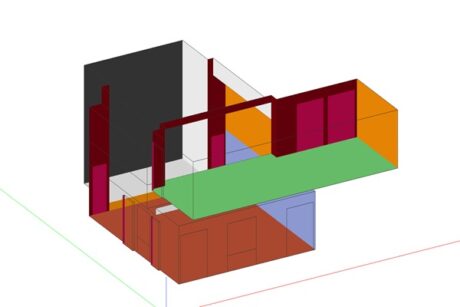
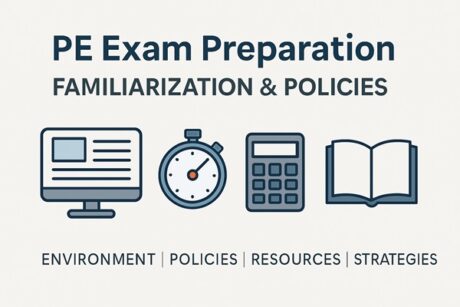
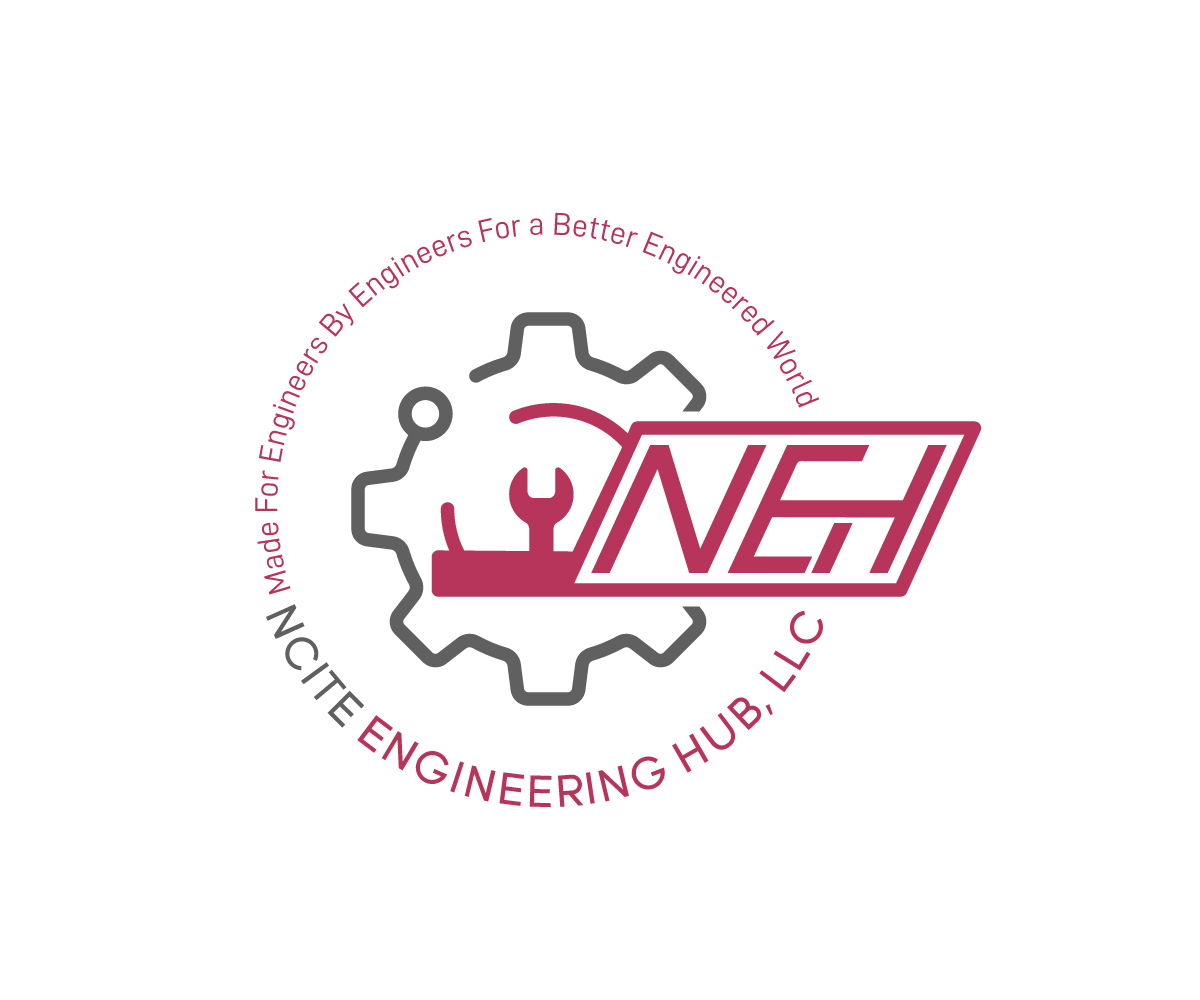
Ethics, safety and a safety conscious during design and construction must be followed up by inspections that must be regulated.
Course was fine. The duration posted in the catalog should include time for Q&A. It did not and the course ran long. How to take the quiz and access the certificate is unclear and very frustrating. I will not use this website for PDH courses again unless this is improved. Not worth the hassle at the price.
Very interesting, especially for a non-bridge engineer, but the need for ethics keeping public safety the top priority is universal.
BTW the year was wrong in Q3; it was 1980 not 1983 so it was confusing.
Good Ethics Course
It was an excellent topic for engineering ethics, and it got me thinking of all the major bridges I drive over! The downside was the difficulty with the links. I take many courses from many different providers, and this was the most difficult to navigate as it didn’t seem to work per the instructions sent.
Good presentation and clear explanation
Thanks for the course!
I’m not involved in bridge engineering but the course still captured my attention with how economical engineering decisions resulted in unsafe conditions.
The course was very informative and provided plenty of information regarding the event and ethical requirements.
I took the course because it was current and different than building failures. I am not familiar with ship design and ship electrical design. I do not know what those codes require and what is the practice “norm”. Also, we do not know what the ship’s owner “ordered” when he bought the Dali (ship). Maybe he ordered a “plain vanilla” ship with no backup systems. It seemed to me to be pre-mature putting blame on the ships designers just based on the age of the ship. In my opinion, the appropriate ship design codes now need to own the safety problems and change the appropriate ship codes. Older ships should be required by our government to be upgraded for safety within a certain time period, or put out of service. You could hasten this by not allowing non-upgraded ships to dock in USA ports. That is a government job to keep the USA safe. The AASHTO code addressed bridge structures design for collision as they should. Bridge owners and their engineers have to own the safety problem and aggressively fight for financing protection upgrades. Assuming a collision probability analysis is done first by a qualified engineering firm, get the repair/upgrade on the “to do” list and immediately get funding. If no financing is approved, contact the news agencies/newspapers and let them take the fight to those responsible. If it is state level politicians, keep their “feet to the fire”. They need to be responsible more than the engineers, in my opinion. In summary, I thought the course is too critical of the engineers and safety and did not put more safety “ownership” on other parties. The only other criticism was not getting the slides out in time. They did not get released until the day after the webinar.
The course was interesting, but getting to the point of taking the quiz was unclear. The presenter rambled a bit during the Q&A
I thought that the information and ethics lessons were well conceived and presented. My problems with this course are the administration of the course (getting into it and getting to the quiz section), as well as the fact that some of the “correct” quiz answers appear to be technically incorrect.
Good overall review of ethics involved.
Very good course and excellently presented. Highly recommend this course.
Generally, a very good ethical webinar. Have taken previous webinars from the Professor and they have all been very informative, thoroughly investigated, and helpful in incorporating the lessons learned to my practice of engineering.